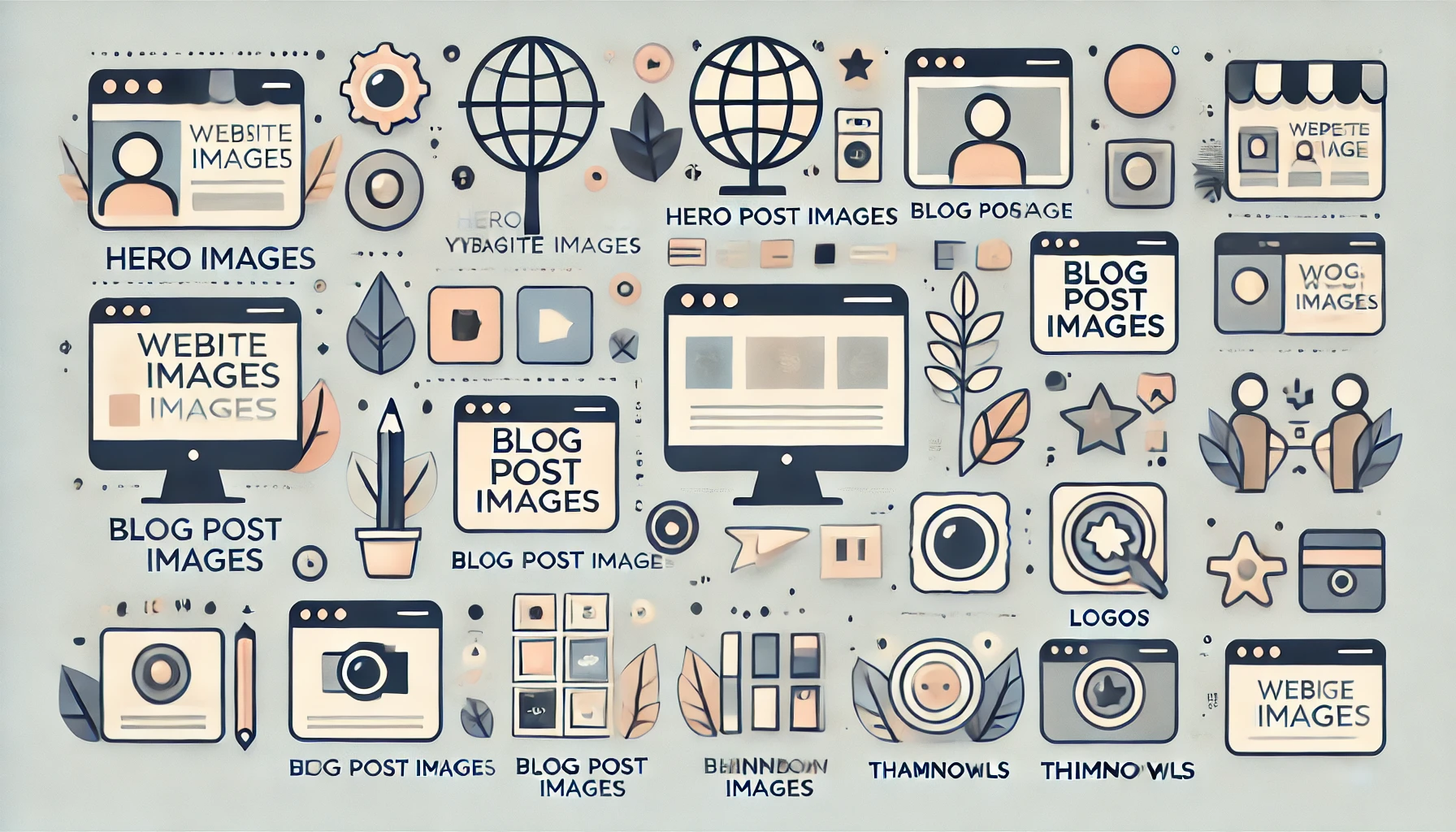Introduction:
Images enhance a website’s aesthetic appeal, engage users, and improve the overall user experience. However, choosing the right image size and format can be challenging. This guide provides you with the insights needed to select images that balance quality, performance, and design.
Why Image Quality Matters
High-quality images elevate your site’s professionalism, improve user engagement, and positively impact SEO. Optimized images also lead to faster loading times, reducing bounce rates and promoting better user retention. They also ensure responsiveness across various devices, from large desktops to smaller smartphones.
Choosing Image Formats: PNG vs. WebP
Choosing the appropriate image format is essential for a balanced combination of quality and speed:
- PNG: This format is best for images that require sharp detail or transparency, such as logos and icons. While high in quality, PNGs often result in larger file sizes.
- WebP: A modern format offering smaller file sizes without sacrificing image quality. WebP supports transparency and animations, making it a versatile option for web use.
Recommended Image Sizes for Different Website Elements
Below are ideal sizes for various common website elements:
- Hero and Background Images
- Size: 1920 x 1080 pixels for standard resolution, up to 2560 x 1440 pixels for high-resolution displays.
- Format: JPEG for larger photos; WebP for quality and faster load times.
- Importance: A well-sized hero image ensures clarity and a strong visual impact.
- Content and Blog Images
- Size: 1200 x 800 pixels.
- Format: JPEG for vibrant color; WebP for optimized loading.
- Importance: Properly sized content images load quickly and appear clearly on various screens.
- Website Header Logos
- Size: 250 x 100 pixels.
- Format: PNG for sharpness and transparency; WebP for a faster load.
- Importance: A well-sized logo supports a clear brand identity and enhances user experience.
- Thumbnails
- Size: 300 x 300 pixels.
- Format: PNG or WebP.
- Importance: Thumbnails should be visually appealing and quick to load, especially for galleries or product listings.
- Favicons
- Size: 32 x 32 pixels or 64 x 64 pixels for high-resolution screens.
- Format: PNG or WebP.
- Importance: Favicons help with brand visibility in browser tabs and bookmarks.
Effective Text Use on Images
Text over images can boost engagement but must be used wisely:
- Font Choice: Use clean, easy-to-read fonts. Avoid complex fonts that may blur or become unreadable when resized.
- Contrast: Ensure text stands out against the image background for better readability.
- Minimalist Approach: Limit text to essential information to maintain clarity.
Text Over Image Best Practices
- Avoid Overcrowding: Too much text can distract viewers and hinder readability, particularly on smaller screens.
- Strategic Placement: Position text to highlight focal points without obstructing essential image details.
- Accessibility: Use alt text to support screen readers and boost SEO.
Image Optimization Tips for SEO
Well-optimized images contribute to faster site performance, enhancing user experience and SEO:
- File Size Management: Use appropriate image dimensions to avoid large files that slow down your site.
- Responsive Attributes: Implement
srcsetto ensure different image resolutions load based on the device. - Consistency: Maintain a cohesive style for all images on your website.
Examples of Optimal Image Use
- Hero Image: A size of 1920 x 1080 pixels for impactful visuals.
- Blog Image: 1200 x 800 pixels for balance in clarity and load speed.
- Logo: 250 x 100 pixels for a professional, transparent header.
Selecting the right images for your website goes beyond aesthetic appeal. Ensuring the correct sizes and formats and thoughtfully incorporating text helps create a fast, engaging, and visually appealing site. Use PNG for detailed images requiring transparency and WebP for reduced loading times without compromising quality. These tips will make your website more professional, responsive, and user-friendly.




